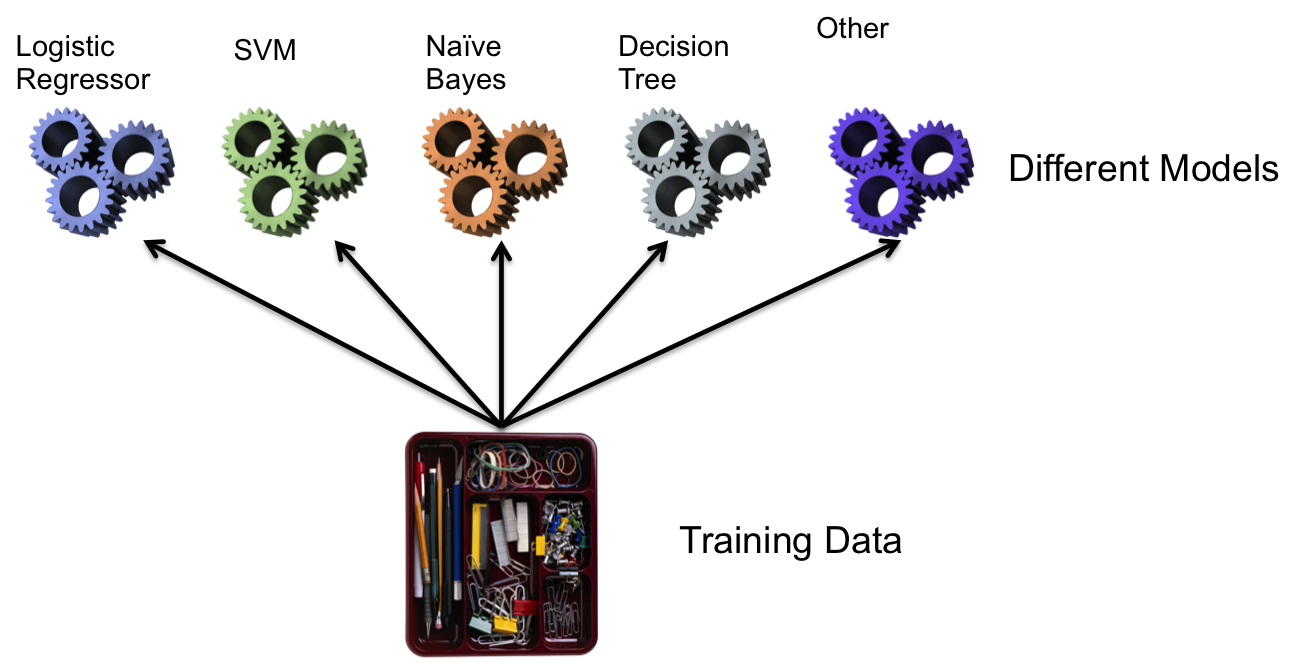In our daily life, when we have to make a decision, we take guidance not from one person, but from many individuals whose wisdom we trust. The same can be applied in ML; instead of depending upon one single model, we can use a group of models (ensemble) to make a prediction or classification decision. This form of learning is called ensemble learning.
Conventionally, ensemble learning is used as the last step in many ML projects. It works best when the models are as independent of one another as possible. The following diagram gives a graphical representation of ensemble learning:

The training of different models can take place either sequentially or in parallel. There are various ways to implement ensemble learning: voting, bagging and pasting, and random forest. Let's see what each of these techniques and how we can implement them.
...






































































